SCIENTIFIC VASTU PRINCIPLE | AESTHETICS (CHANDA) | An Architect Explains
After the Selection of Site, the next step is to apply Vastu principles to the design of the building. This will ensure a proportionate, aesthetic and beautiful building with the right measurements. One of the Vastu principles is ‘Chanda or aesthetics or form; it describes the different forms or elevations that a building can have.
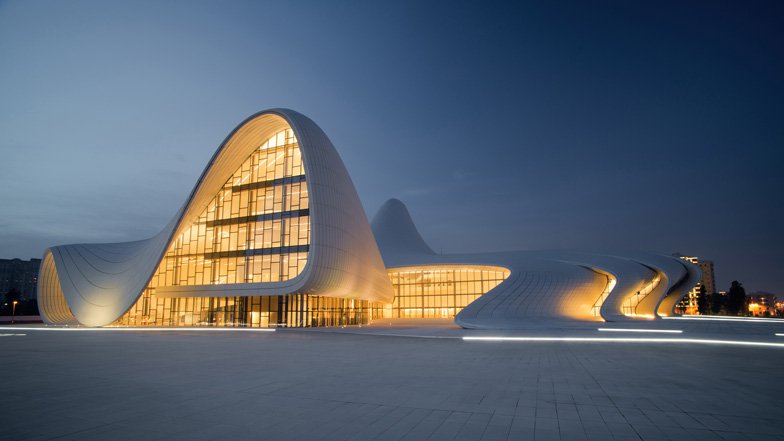
What is meant by chanda in Vastu Shastra?
Why should one adhere to Chanda?
What are the types of chanda in Vastu Shastra?
What is Meru Chanda?
What is Khanda Meru Chanda?
What is Pataaka Chanda?
What is Sushi Chanda?
What is Sushi Chanda?
WHAT IS MEANT BY ‘CHANDA’ IN VASTU SHASTRA?
Chanda means ‘Beauty’. So Chanda is the beauty aspect or aesthetics of buildings. Chanda in Vaastu literally means a view of the contour of a structure against the sky’, i.e. its perspective view. Thus it also means the form or contour of the building.
In ancient Indian architecture, the forms of buildings were different for buildings with different functions. For example, temples all over India took the form of the mythological Mountain Meru thought to be the seat of Lord Brahma in Hindu mythology.
WHY SHOULD ONE ADHERE TO CHANDA ?
According to Vaastu Shastra, adherence to Chanda ensures the easy identification of buildings (of different functions). For example, a temple can easily be identified by it’s mountain like form. Additionally, following Chanda principles guarantees an aesthetic looking building that is pleasing to the eye.
WHAT ARE THE TYPES OF CHANDAS IN VASTU SHASTRA?
There are six Chandas in Vaastu Shastra. As an Architect who has studied the history of architecture, I have explained the six Chandas below along with suitable architectural examples:
- Meru Chanda,
- Khanda Meru Chanda,
- Pataaka Chanda,
- Sushi Chanda,
- Uddista Chanda,
- Nasta Chanda.
WHAT IS MERU CHANDA?
In Meru Chanda, the form of a building is like the mythological, sacred, Hindu mountain, “Meru” which is the centre of all physical, metaphysical and spiritual universes. The Meru perspective appears like a central pinnacle which rises considerably above the ground surface and having sides sloping step by step in an easy gradation all round. Many hindu temples are modelled on the Meru aspect to symbolically represent Mount Meru.
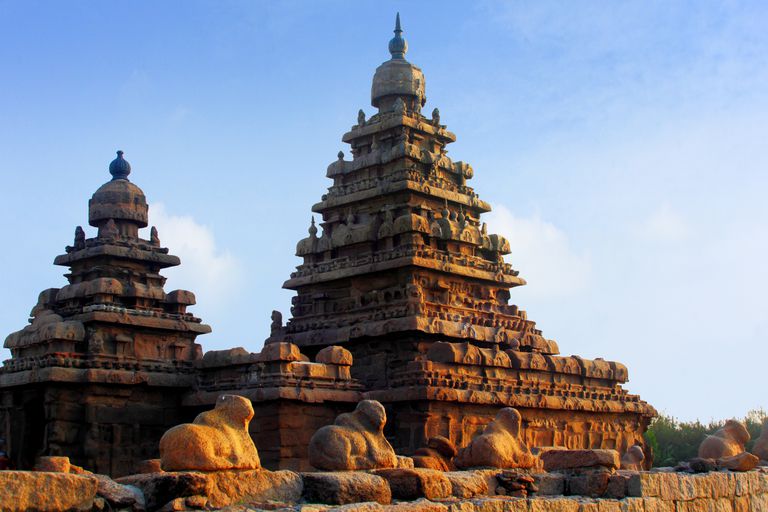
WHT IS KHANDA MERU CHANDA
In Khanda Meru Chanda the outward peripheral ends of the building do not form a complete circle, but has a vertical cut side, i.e., it appears like Meru which has been cut off vertically leaving the exposed surface as a precipitous cliff. An example of a building with this contour is the well known Burj Al Arab hotel in Dubai, the second tallest hotel in the world at a height of 1050 feet.

WHAT IS PATAAKA CHANDA?
In Pataaka Chanda the building looks like a flagstaff with a flag unfurled, i.e. with a narrow lower portion and progressive, cantilevered upper floors. For example, the Throne Pillar at Fatehpur Sikri, India.
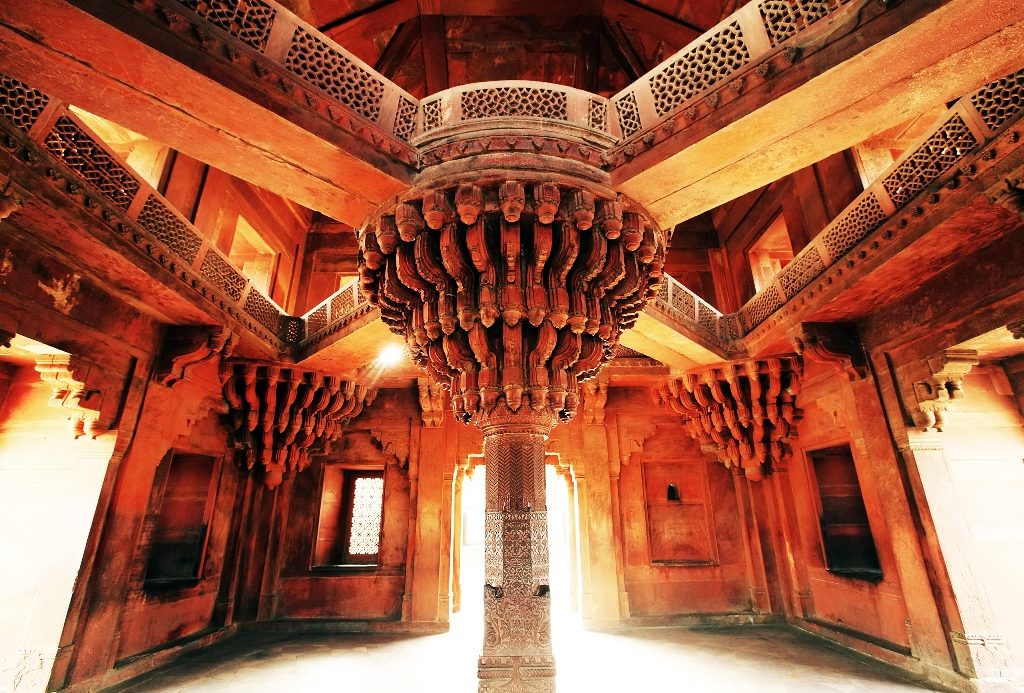
WHAT IS SUSHI CHANDA?
In Sushi Chanda the building appearslike a needle. An example is the tallest building in the world, the Burj Khalifa towers in Dubai at a height of 2717 feet.
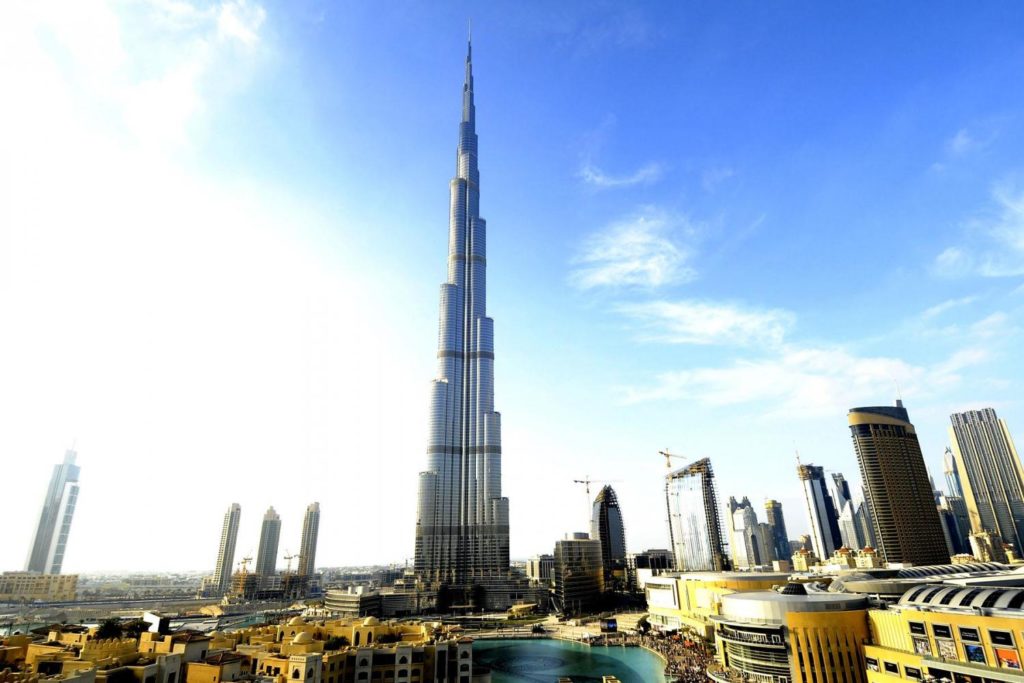
WHAT ARE UDDISTA AND NASTA CHANDAS?
Uddista and Nasta Chandas are not independent and they have no perspective view of their own.
This post is about the ‘Vaastu Shastra principle | Chanda – Aesthetics’ and explains the different forms/shapes/aesthetics of Buildings. After working out the right proportion, fixing the external dimensions of the building and deciding the external form or elevation, one needs to design the interior layout of the building. Read about another important “Vastu Shastra principle | Site Planning” which explains the ideal position of different rooms in a building.
If you found this post useful, all it takes is a simple click on the “pin it” “like,” “share,” “tweet,” or Google+ buttons below the post.
Related Topics:
- Vastu Shastra | An Architect Explains
- Vastu Shastra | Principles For A House
- Vastu Shastra | Factors That Impact A House
- Vastu Guidelines | Designing A House
- Vastu Guidelines | Interiors Of A House
- Vastu Guidelines | Exteriors Of A House
- Vastu Guidelines | Selecting The Right Site
- Vastu Guidelines | Construction Of A House
- Vastu Guidelines | Rituals For A House
- Vastu Guidelines | Non-Residential Buildings
- Remedies For Vastu Defects




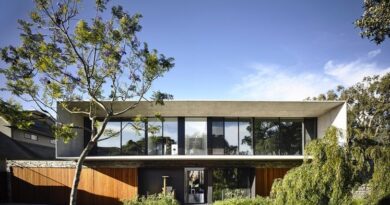
Very relevant and contemporary examples for explaining Chand aspects of a building. Thanks for letting us know beauty aspects of vastu .
Hi,
Thank you for the appreciation.
Admin
A huge explanation for these vastu principles. Thank you very much for the sharing.
Hi Pancharathna,
Thank you for the appreciation.
admin